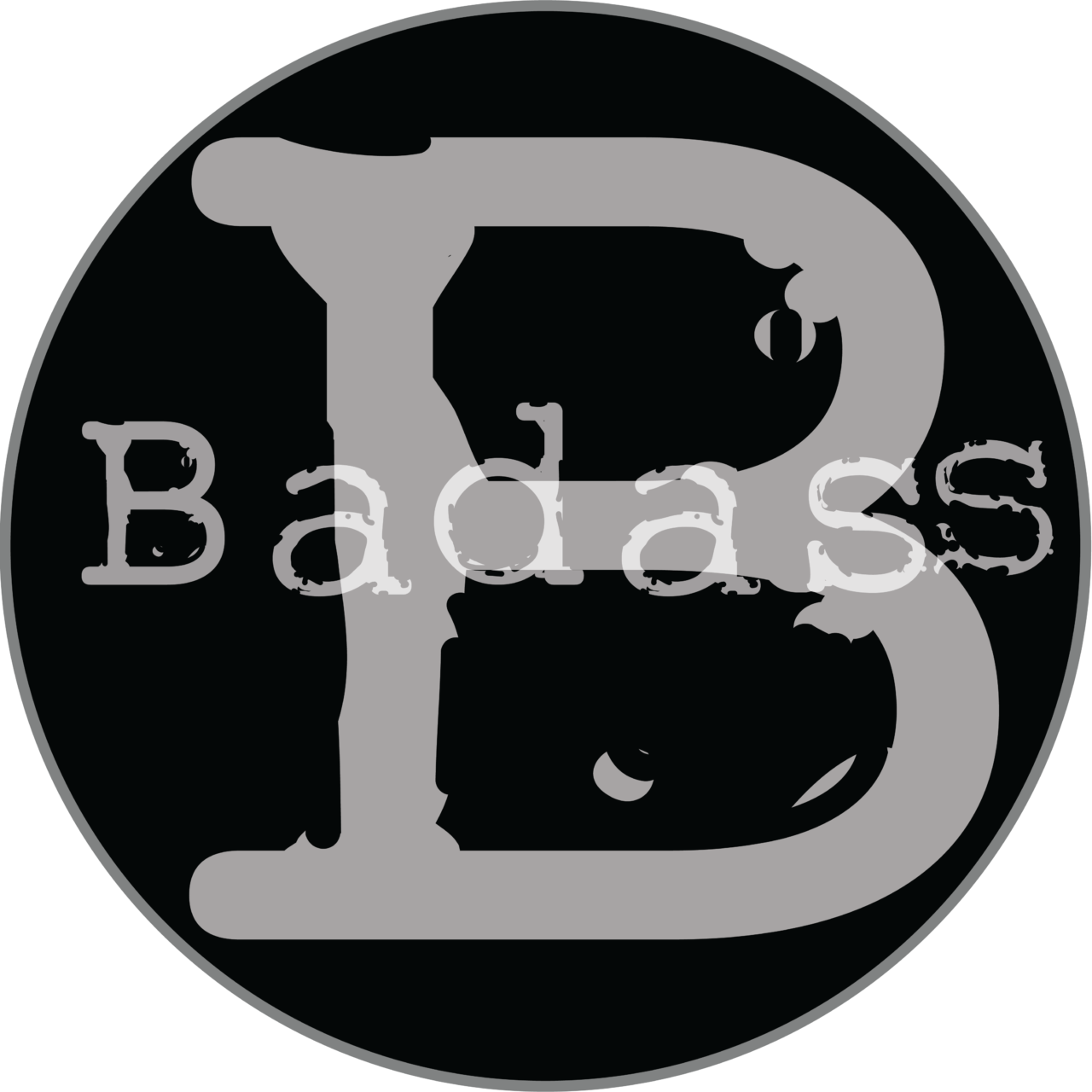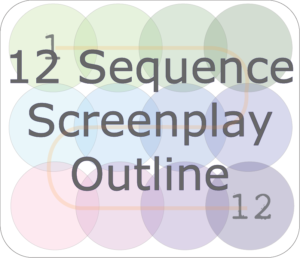What is a 12 sequence screenplay outline?
A 12 Scene Screenplay sequence is a fantastic way to outline your 3-Act feature screenplay. This type of outline forces you to visualize your entire story and all the plot beats and connections, long before you sit down to write.
Some writers prefer the eight-sequence outline. Personally, I follow Gary Goldstein’s preference for the 12 sequence screenplay outline – three sequences in Act 1 (25-30 pages), six in Act 2 (50-60 pages) and three in Act 3 (15-20 pages).
Mr. Goldstein suggests 8-10 pages a sequence. But we each follow our own process, so do what works and feels right for you.
How do I use it?
The easiest way to us this method is to give each scene a simple title and list them in order (sequence), while estimating the number of pages you’ll need to accomplish your plot beats in each scene.
Then write down the complete slugline for each scene and a line or two about what happens there. If you use the Badass Beat Boards toolkit, there’s a specific guide for sequences where you can collect all the bits and pieces in one tidy place in the Scene Sequencer template. But you can just as easily use a notebook or whiteboard or a digital file. Again, writing is such an individual thing so feel free to tinker with this method to suit your own process.
Once you’ve finished your 12 sequence screenplay outline, you can sit with your screenwriting software to start refining your action and adding the dialogue, “like an accordion,” as Goldstein describes it.
Does the 12 sequence screenplay outline method work?
For writers who outline, this method is golden and feels neither forced nor cookie-cut. Really.
“I never look at this as if it’s putting me in a box or I’m using a formula,” says Goldstein. “Not at all. It’s how I write. Especially on a deadline.”
“I wish I’d understood scene sequencing much earlier in my screenwriting foray. Using this 12-sequence screenplay outline method forces me to see my entire script as a cohesive unit, instead of as disparate scenes. I can see every plot beat work in its own scene, but also how it connects with the previous, the following, and the entire sequence.
It’s also a fantastic habit to develop for commissioned work, as you’ll be asked to write outlines for approval.
Also, I don’t end up with extra scenes that don’t end up quite fitting because the sequences are complete unto themselves.
As Mr. Goldstein says: “It helps me NOT overwrite and ultimately not lose too much time on material that I’m not going to put in the script.”
What about 8 scene sequences?
Those screenwriters who prefer eight sequences often follow a structure something like this:
Act 1
- Sequence 1 – Ordinary World and Call to Adventure (inciting incident)
- Sequence 2 – Resistance, Meeting the Mentor, and Answering the Call
Act 2
- Sequence 3 – First Obstacle / Tests and Enemies
- Sequence 4 – Some exposition in the Inmost Cave
- Sequence 5 – Rising action / More Obstacles
- Sequence 6 – Point of No Return
Act 3
- Sequence 7 – Final Ordeal and Triumph / Falling action
- Sequence 8 – Road Home /Return with the Elixir
But whatever outlining method you use, if you haven’t already committed to sequencing, do start to pay attention to the unity of the sequences. You’ll be amazed at how easy your actual writing will be.
If you want to learn more about outlining the 12 scene screenplay sequence as well as other scene sequence methods, check out the rest of our hand picked resources on the subject.



